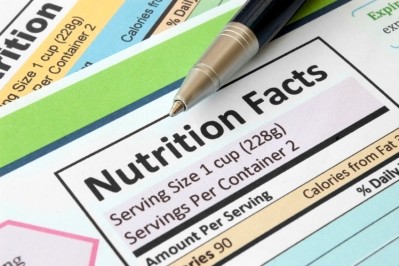Fortification drives consumer definition of ‘healthy’

According to the 19th annual Shopping for Health survey from the Food Marketing Institute (FMI) and Prevention magazine, consumer attitudes about what defines a food as healthy are changing. They are moving away from consideration of undesirable characteristics, such as high levels of saturated fat, sugar, sodium or calories, and consumers are starting to pay greater attention to inclusion of healthy ingredients and fortification with specific nutrients.
Director of Consumer Insights for Prevention, Cary Silvers said: “While the main criteria for healthy foods was previously determined by ingredients it did not contain, today’s shoppers are now instead wondering what’s in their food, seeking to better understand the nutritional components of what they eat.”
The poll – of a nationally representative sample of 1,579 US adult primary grocery shoppers surveyed in November and December last year – found that fiber was the most sought-after ingredient, with 44 percent of respondents saying they look for it as a mark of healthfulness. This was followed by whole grain (36 percent), protein (27 percent), Omega-3 (23 percent) and antioxidants (16 percent).
In terms of health claims, heart health topped the list of on-pack claims that appeal to consumers, with 73 percent saying that heart health claims matter to them when buying foods, followed by more energy (71 percent), digestive health (66 percent), and improving mind health (65 percent).
President and CEO for FMI Leslie G. Sarasin said: “As schedules become busier and awareness of health issues increase, the consumer demand for healthful options that are quick and easy for families will grow.”
However, although the survey found consumers were actively looking for healthy ingredients more often than they were seeking to avoid less healthy ingredients, products with reduced sodium, fat or calories also saw higher demand compared to a year earlier.
Forty-two percent of respondents said they bought more low-sodium foods in 2010, up eight percentage points on 2009; 41 percent said they bought more low-fat foods, up four points; and 28 percent said they bought more lower/less/zero calorie foods, also up four points.






